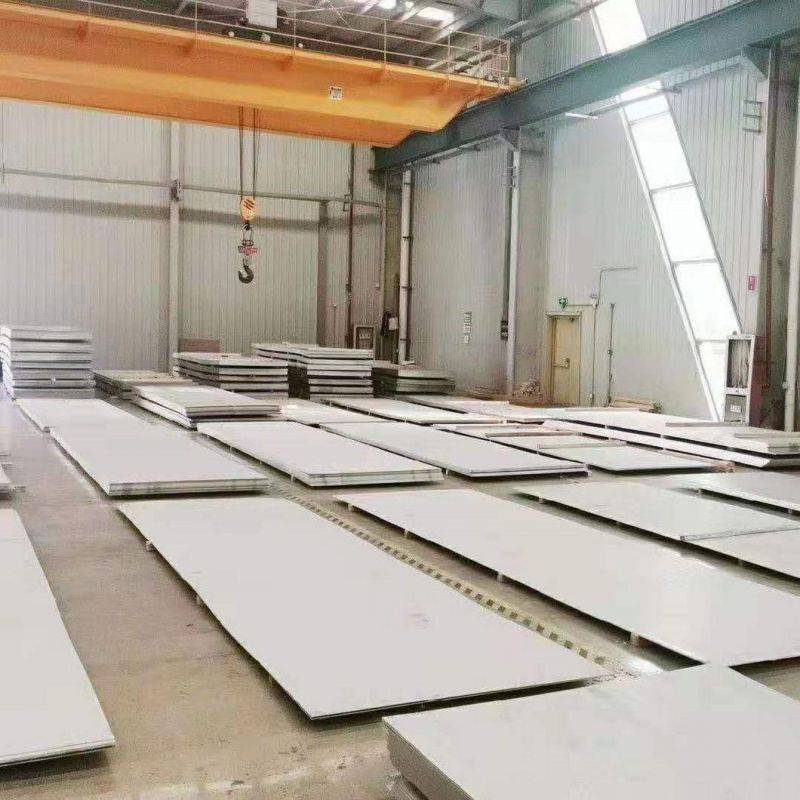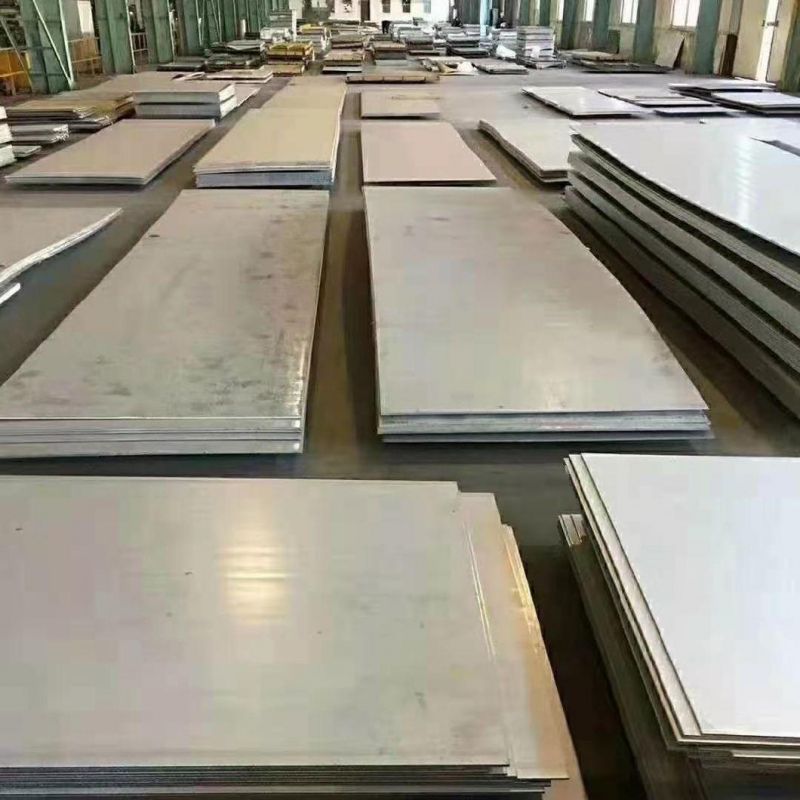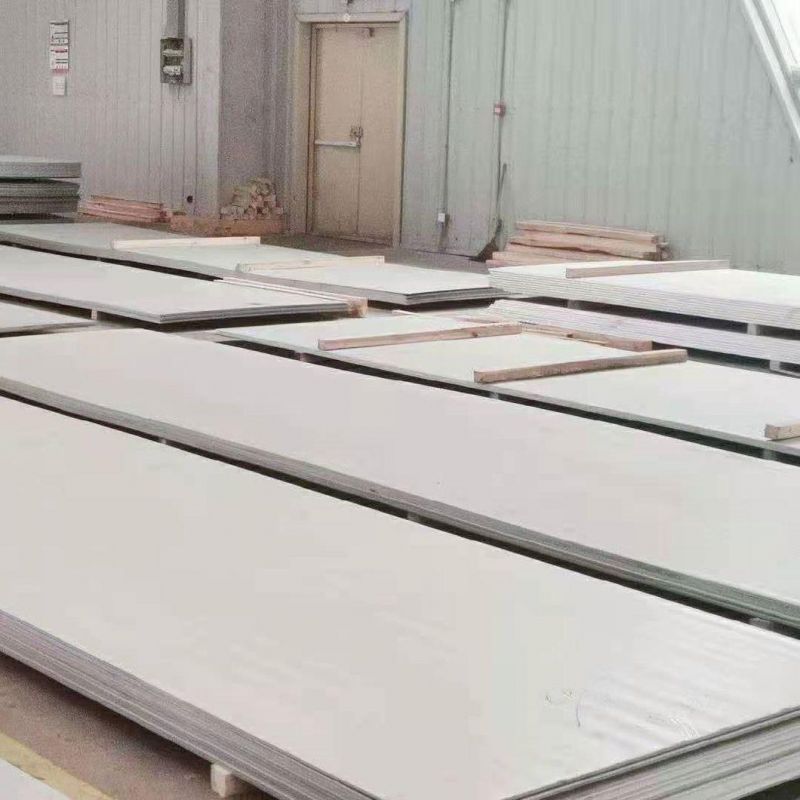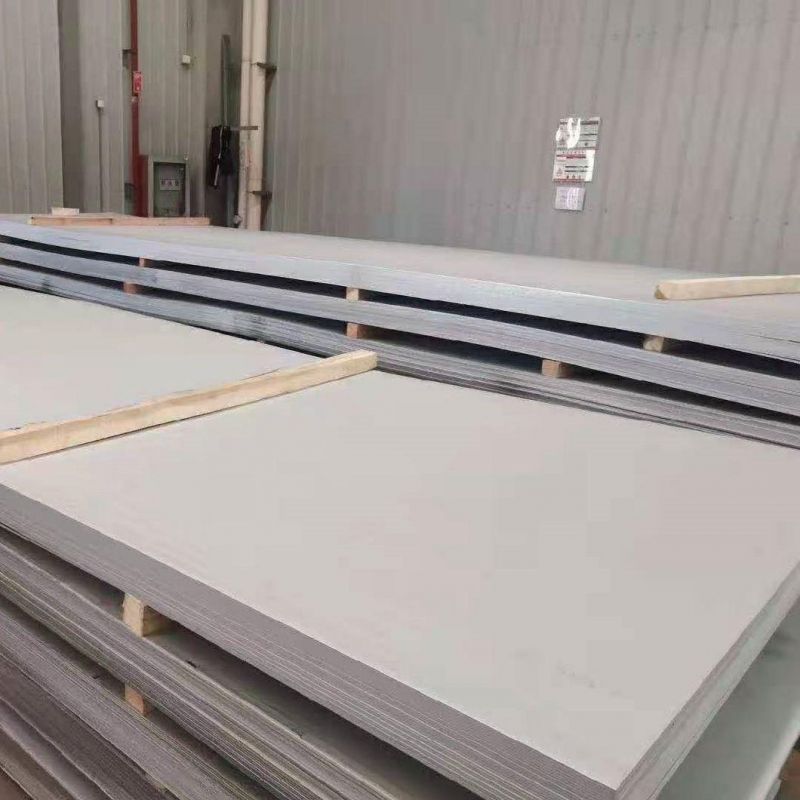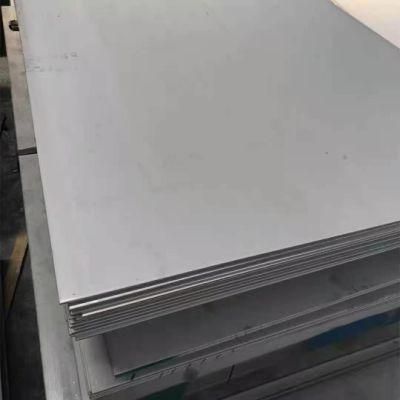
Hot Rolled 316ti / 1.4571 / S31635 Stainless Steel Plate 3.0 - 30.0mm Stainless Steel Type 316ti
Wuxi City Ge Ming Sheng Steel Trading Co., Ltd- Type:Stainless Steel Sheets
- Standard:ASTM, AISI, JIS, DIN
- Grade:300 Series
- Certification:ISO, AISI
- Shape:Round
- Technique:Hot Rolled
Base Info
- Surface Treatment:Polished
- Transport Package:Wooden Pallet
- Specification:1220*2440, 1500*3000, 1500*6000, 2000*6000mm
- Trademark:TISCO BAO STEEL
- Origin:China
- HS Code:7219340000
- Production Capacity:60000kgs
Description
500° F
850° F
1200° F
1500° F
316L
10.9
9.4
NP
NP
316
13.3
11.6
7.4
1.3
316Ti
13.2
11.7
7.4
1.3
316H
13.3
11.6
7.4
1.3
Although it can have a higher carbon content, there seems to be no mechanical property advantage to 316Ti since there is no difference in minimum yield stress for the three variations 316/1.4401, 316L/1.4404, 316Ti/1.4571 in any of the basic EN standards, EN 10088-2 (General application), EN 10088-4 (Structural application) and 10028-7 (Pressure vessel application). In all three Euronorms, the Rp0.2 (YS) is listed as minimum 220 MPa (32 KSI) for plate. In ASTM standards there is a slightly lower YS for 316L (25 KSI) versus 316 and 316Ti (30 KSI), but since nearly all 316L is dual certified as 316, there is no practical difference. The ASME Section VIII Design Allowable Values (DAV) for 316, 316H and 316Ti are the same all the way through the maximum permitted temperature of 1500° F. Note that this is due, in part, to the requirement that any austenitic stainless used at 1000° F or higher must have 0.04% minimum carbon.
In the final analysis, for typical aqueous corrosion applications, there is no advantage to 316Ti over dual certified 316/316L. For high temperature service (above 1000° F), there is no advantage in using 316Ti compared to 316H. There may be a few situations where equipment can see both elevated temperature service and occasional aqueous corrosion issues where a stabilized grade is warranted. Processes in the petroleum refining industry that can encounter these conditions include catalytic cracking and hyrdodesulfurization. In these areas, the corrosion resistance of 321 is adequate. If the anticipated aqueous corrosion is too severe for 321, it is more common to consider alloys like Alloy 20 or 825, which are much more readily available in North America.
Photos of Our 316Ti Stainless Steel Plate